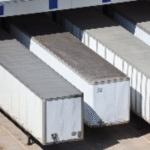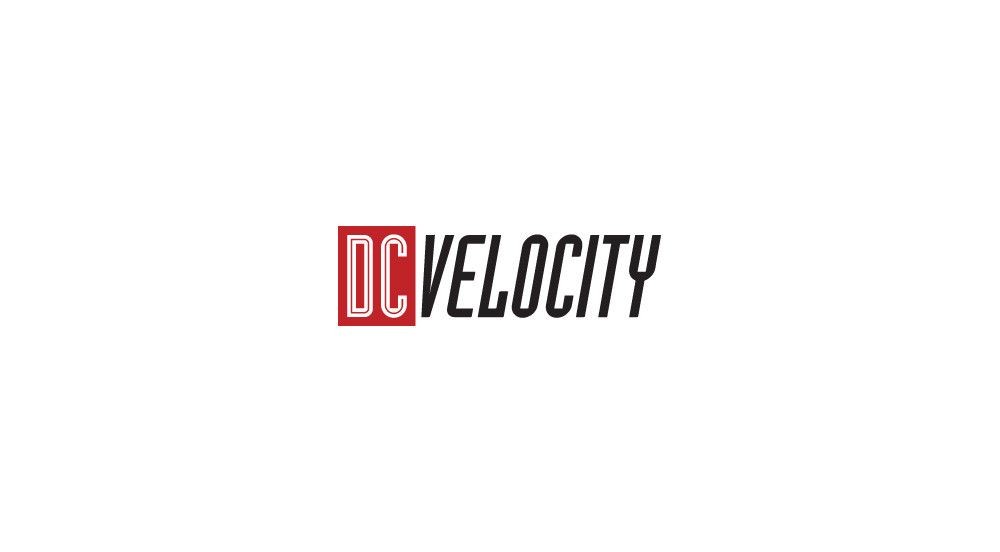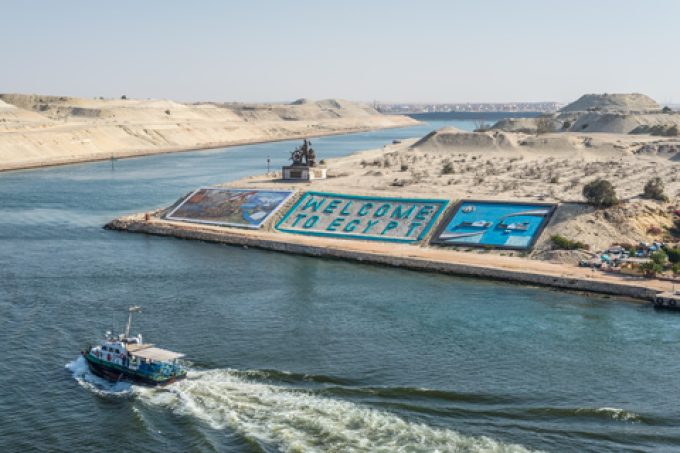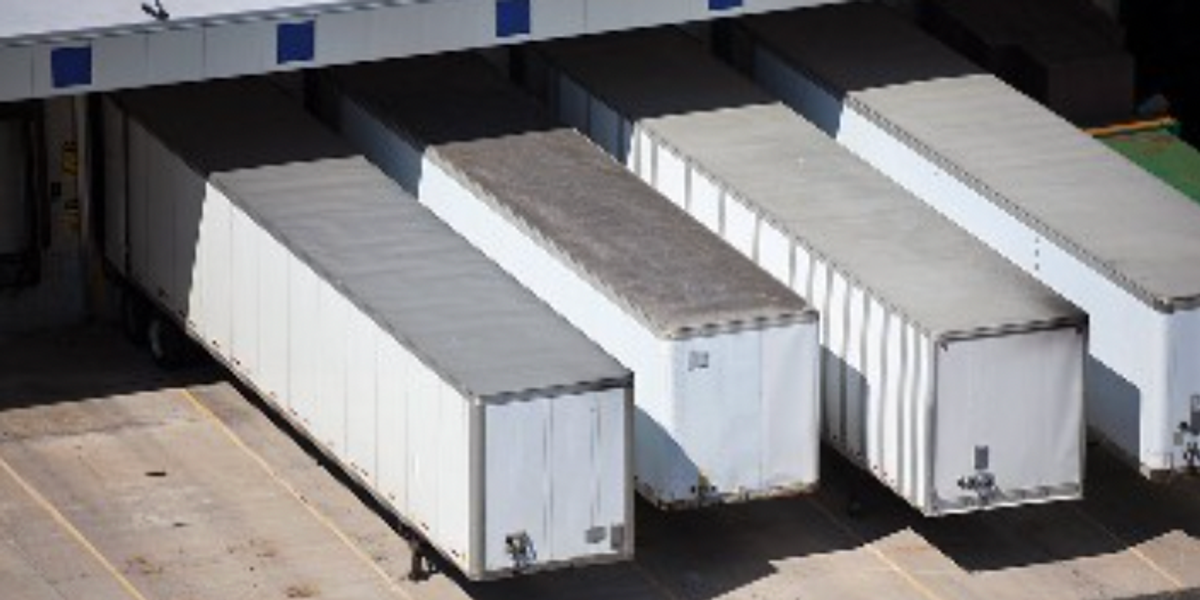I’m old enough to remember when the phrase “using your supply chain as a weapon” was meant purely figuratively – as in companies using their supply chain capabilities as a means to gain a competitive advantage.
However, when Cam Holt, head of strategic markets for supply chain technology company Exiger, talked about “weaponizing” supply chains at the Council of Supply Chain Management Professionals (CSCMP) annual EDGE conference, he certainly wasn’t speaking in metaphors. Holt, who is also a retired US Air Force major general, emphasized that supply chains are a “new domain of warfare” and that countries are using supply chains as a tool of national power.
Holt is not alone in his view that geopolitics plays a major role in today’s supply chain operations. Many others – using less explicit military terminology – are clear that the days of running your business and seeing geopolitical events as just something happening in the background are long gone. As Per Hong, partner and global leader of management consulting firm Kearney, said at the EDGE conference, geopolitical events and government policy have a direct impact on operations in all supply chains.
For evidence, you need look no further than China’s recent announcement of new restrictions on the export of 17 rare earth materials. This is important, as China currently controls approximately 70% of rare earth mining and 90% to 95% of refining operations worldwide, according to the International Energy Agency.
Furthermore, the recent tariffs imposed by the United States can also be seen as an example of using the supply chain as an instrument of national power by restricting access to the significant purchasing power of the American consumer.
Trust but verify
What does this mean for supply chain managers? Well, for one thing, it is becoming increasingly important to know your supply chain right down to the sources of raw materials. Not only do you need to be aware of the risk of a supplier going bankrupt or the risk of severe weather shutting down manufacturing in a particular area, but you also need to know whether your supplier might face export restrictions on the raw materials it uses (or face the risk of a nefarious actor taking control of a supply chain choke point).
While companies recognize the risks, they should also be wary of letting the hostility they see on the global stage seep into their relationships with suppliers. Experts at the EDGE conference strongly advised supply chain leaders not to fall into the trap of transactional thinking.
For example, Kate Vitasek, a supply chain author and distinguished fellow at the University of Tennessee’s Global Supply Chain Institute, noted that there has been a shift away from relying on a single source as companies look to build resilience by diversifying their supplier base.
“But sometimes,” Vitasek said, “you **Italy}has} to a single source; There is a competitive advantage when you go deeper with a supplier.
The key, according to Vitasek, is to only form those relationships with suppliers who are willing to build transparency and trust.
“Don’t be afraid of dependency,” she urged, “instead be smart about it. Ask yourself: ‘Who do I choose to depend on?’” We must demand transparency and put in place processes to mitigate risks.










